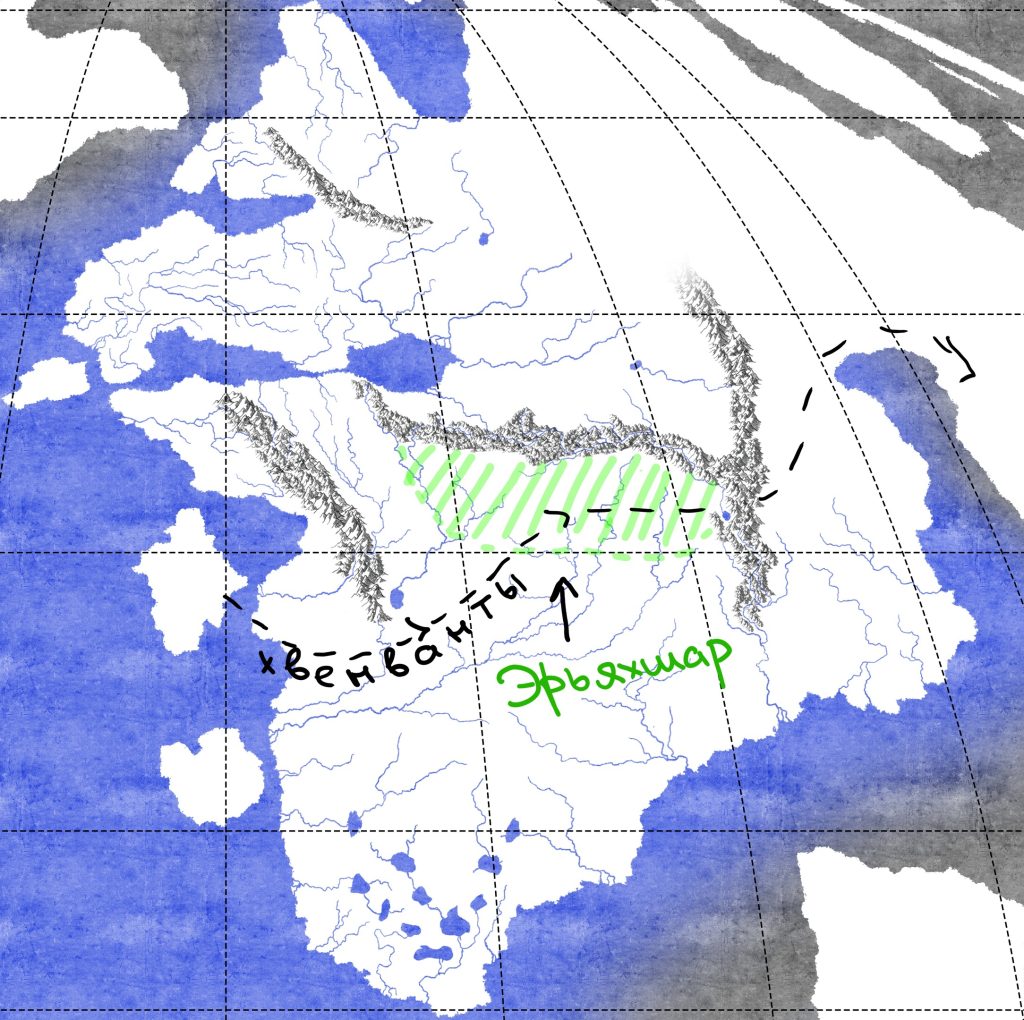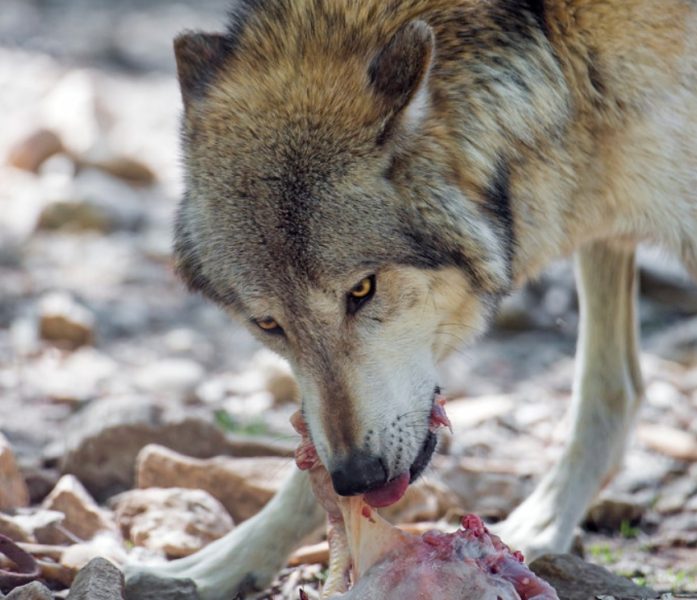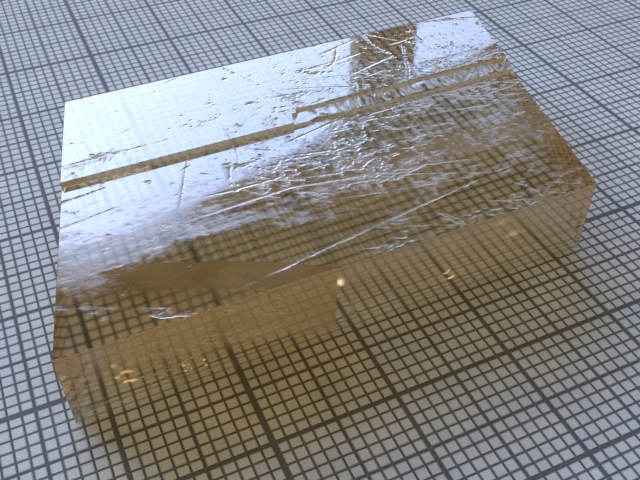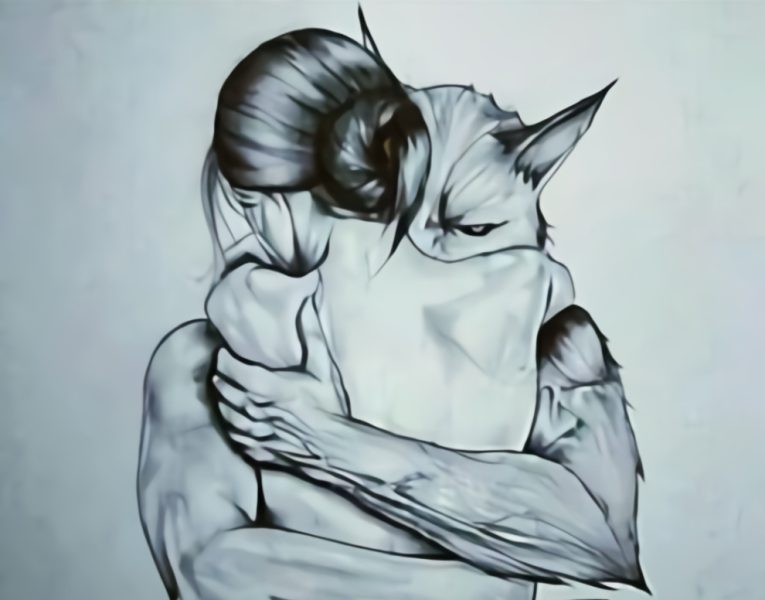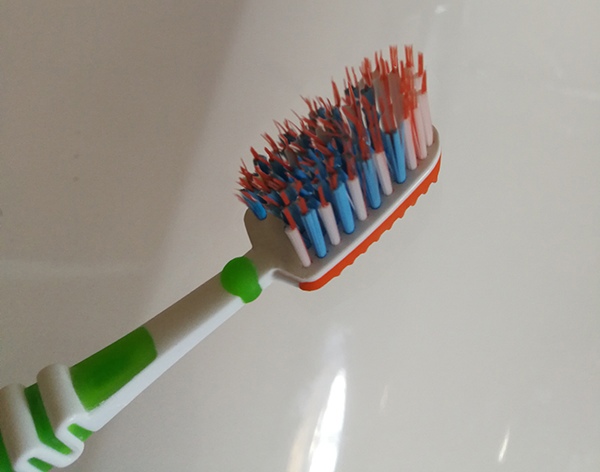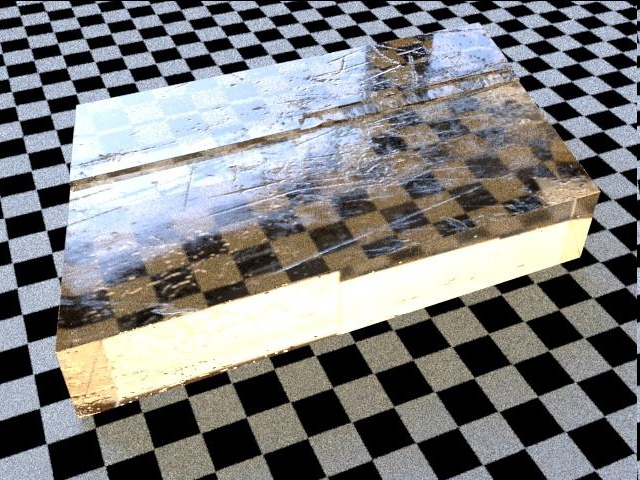We have a new interesting find, but in order to show you what exactly was found, we first need to give you some basic historical information about this thing. I thought I would cram it all into one post, but it's getting too long, so today is history, and tomorrow is a find.
If you read "Islands", then in one of the last parts you might have noticed a dialogue about the "distinctive marks" of the Hvenvants, which they later passed on to the Jeharts. If you haven't read it, then it's not so scary either, because I'll explain everything.
The Khvenvant (specifically the northerners), when they migrated east (see the second appendix), stayed quite a while in the lands occupied by the Jearts (what would later become Eryakhshar) and had a very strong influence on their culture, language and religion. Until the eighteenth century, it was believed that they were the ones who brought the Jearts the custom of drawing pictures on their bodies showing their merits, occupation and the like. In fact, this custom existed before that - the Khvenvant simply developed and improved it greatly by their example.
The signs of the Eryakhshar Jeharts (at least those recorded) were distinguished by their diversity: there was the month of birth, and the clan mark, and the personal mark, and achievements, and in general almost the number of relatives. In fact, these drawings served as a kind of passport for the Jeharts, which could be easily read by another of their compatriots. They were applied with a special indelible paint containing symbiotic bacteria that penetrated into the hair follicle and produced pigment there. Very convenient, in general.
Later, when the local Jearts were battered by all sorts of Myngiz who had come running there, pushed back to the south and significantly reduced in numbers (yes, for some reason they were always very unlucky), many traditions were forgotten, including this one. That is why Kait did not wear any signs on himself.
But now Eryakhshar is rising from the ashes and remembering its forgotten culture - so let's wait and hope!
(in the first appendix - signs applied to the forehead and indicating the type of activity of the djeart)


